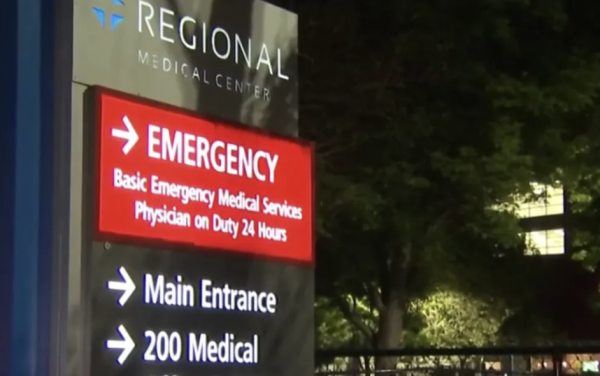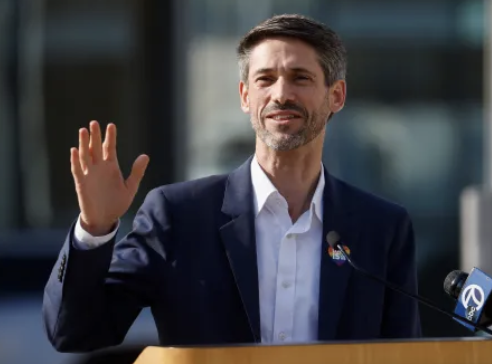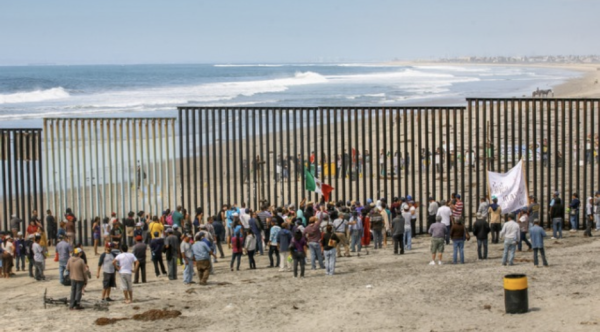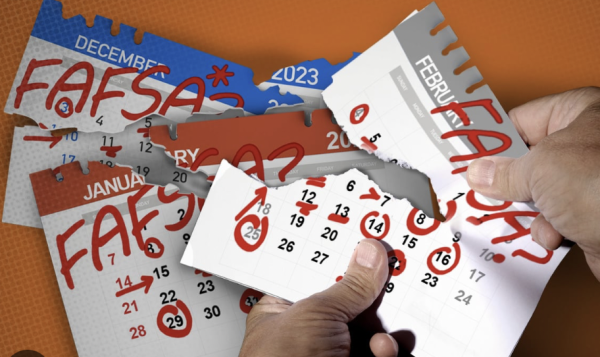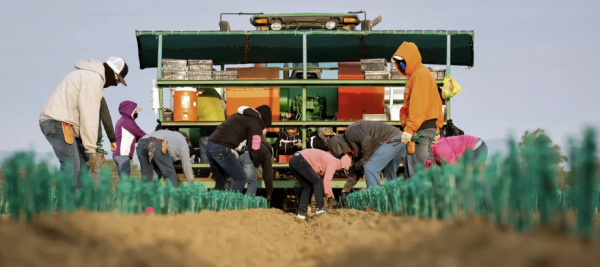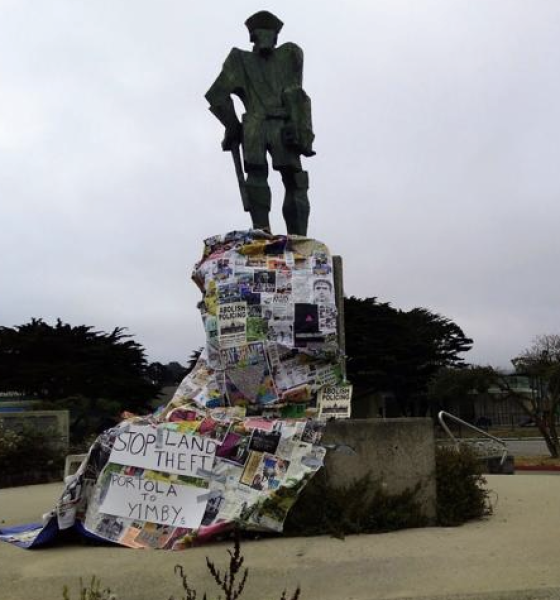San Francisco: A Microcosm of Gun Violence in America
San Francisco’s willingness to maintain a safe environment is questioned. With a recent increase in gun violence, there is a larger threat to people’s security.
November 27, 2022
“Nothing is more important than to make sure that people who live in this city, people who work in this city, and people who visit San Francisco feel safe as they walk down the street,” said Mayor London Breed of San Francisco.
Gun violence is an issue in which its deadly consequences shouldn’t be ignored, yet our government continues to turn a blind eye to it. This is something that has taken away the lives of millions and violates the most fundamental human right: the right to life. A tragedy affecting individuals globally, more than five hundred people die each day from firearms.
Although some places have lower gun-related deaths than others, the world collectively needs to realize what a catastrophe this is causing and develop a desire for change before we see improvement. For example, gun violence in San Francisco has recently skyrocketed, with shooting incidents jumping from 167 to 222 since 2020, an increase of 33%. It’s also been reported by CBS News that gun violence has contributed to the majority of the city’s homicides, with trends rising in recent years.
Yet, for having one of the most strictly enforced firearms in California, it is surprising that San Francisco has been seeing such a trend: one must be at least eighteen years old to buy a rifle or shotgun, and at least twenty-one to buy a handgun, including a requirement to go through licensed dealers with any firearm purchase.
This prompts the question: Why has there been a rise in gun violence in San Francisco? The answer, as is true for most contentious issues, is nuanced. Persisting issues of racial injustice, lack of opportunity, income inequality, depression, and poverty all play major roles. Yet political debates often overlook these nuances, especially the racist origins of gun control laws and their discriminatory enforcement against Black communities.
Diving further into the causes of this matter, there are many subjects to consider. For example, studies have shown that gun violence disproportionately impacts young people who live in low-income communities. Also, the risk of dying from firearms increases as rates of poverty in those communities rise. According to JAMA Pediatrics, 62% of the 67,000 firearm-related casualties that occurred among youth between the ages of five and twenty-four from 2007 to 2016 happened in places where residents lived below the federal poverty of 15% or greater.
Despite its sheer severity and magnitude, gun violence acts as a bane in our society not because of the weapons themselves, but because of the people’s lack of understanding to approach the problem.
However, compared to other American cities outside of California, San Francisco’s gun death rate is on the low end. In addition, the state of California as a whole has the 44th lowest gun death rate in the nation with 8.5 deaths per 100,000 people.
So what’s standing in the way of gun control? What’s preventing American governments—federal, state, and local—from taking action?
Many politicians refuse to take action against gun violence for the purpose of using gun control as a political bargaining chip come reelection, paying lip service to gun control to gain a moral high ground. There are also, of course, politicians who outright deny the need for gun control.
Had this issue been a bigger priority for our nation, clearly something could’ve been done to help.
In some places, like San Francisco, local governments are taking action to combat gun violence—yet these policy efforts and concrete commitments to change, unfortunately, are not occurring in many other major cities, where gun deaths continue to plague the community.
It’s safe to say that gun violence won’t vanish on its own. However, any society has the power to put an end to this tragic cause; all we need is a vision and the willingness to act upon it.


